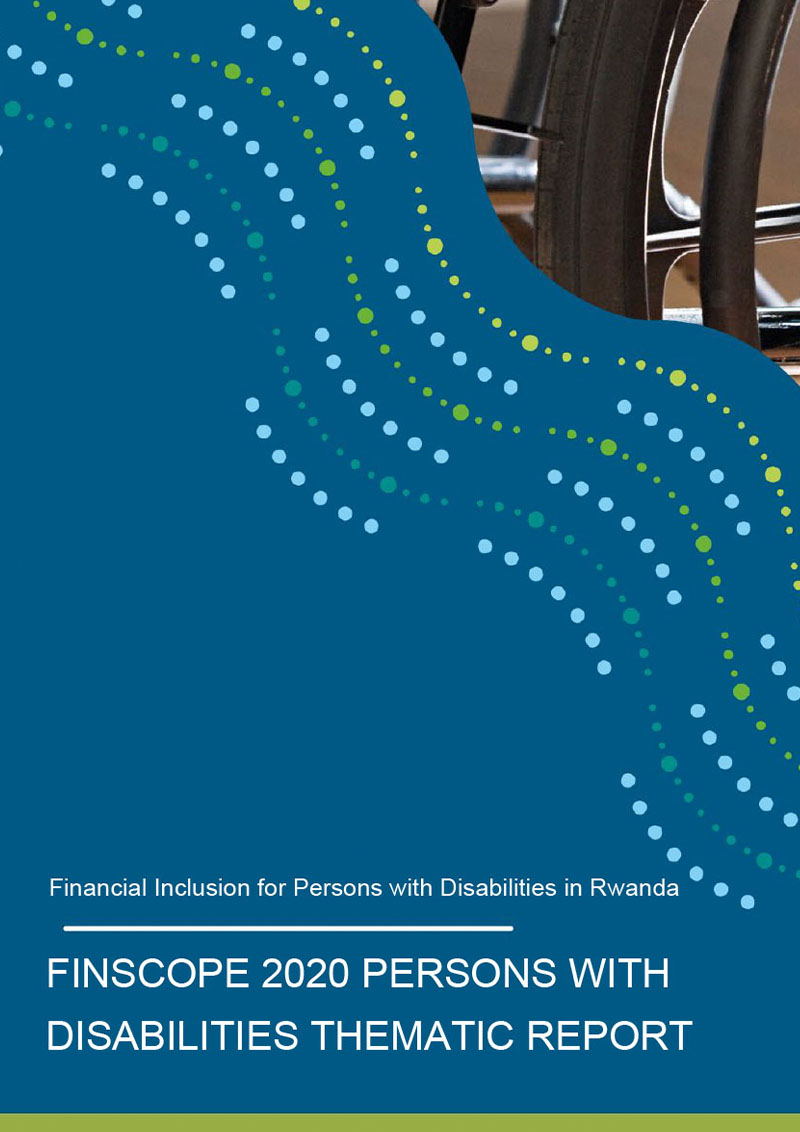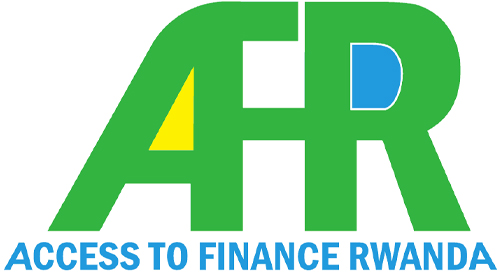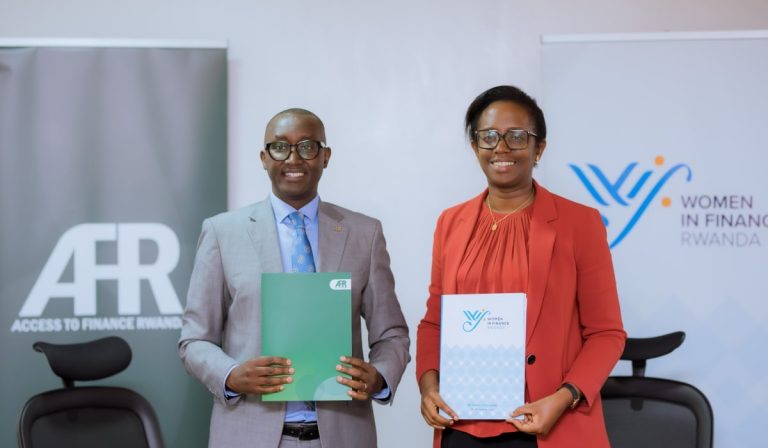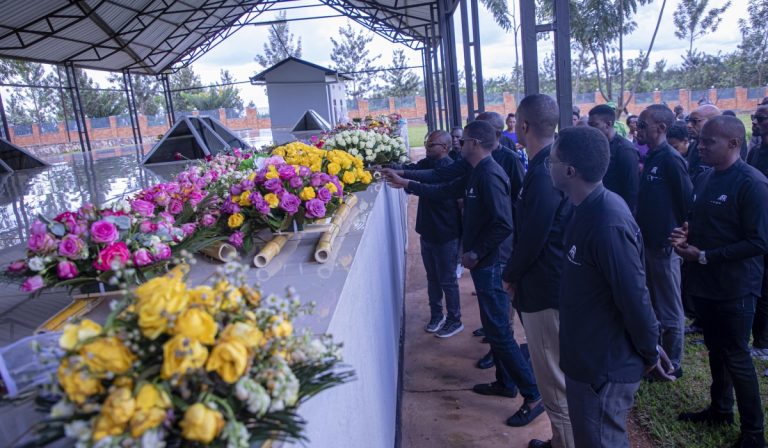

This report aims to present insights into the financial inclusion of persons with disabilities in Rwanda based on data from the FinScope Rwanda Consumer Survey 2020. A total of 1 190 208 persons with disabilities (PWDs) have been identified based on respondents’ own report, and they equate to about 17% of the total adult population. There are however around 19% (1.3 million) persons with disabilities if we use information from the households’ responses. Approximately 2 793 639 disabilities have been identified and grouped into nine categories: disabilities related to sight (visual impairment), hearing, communication, mobility (movement activity and moving around), daily life activity, intellectual, learning, mental and other. Mobility-related disabilities (i.e., difficulty in movement activity and moving around) are experienced by 35% of persons with disabilities followed by disabilities related to conducting daily life activities, communication, and visual impairment, each reported by more than 10% of persons with disabilities.
While half of persons with disabilities experience only one type of a disability, almost a quarter of persons with disabilities experience four disabilities. The three most common types of disabilities are disabilities related to communication, mobility, and daily life activities. About 81% of persons with disabilities either have no formal education or only primary education compared to only 69% for the rest of the population. There is a further gap in secondary and tertiary education as well, which might be driven by the inadequacy of special needs education schemes tailored to the needs of persons with disabilities.


